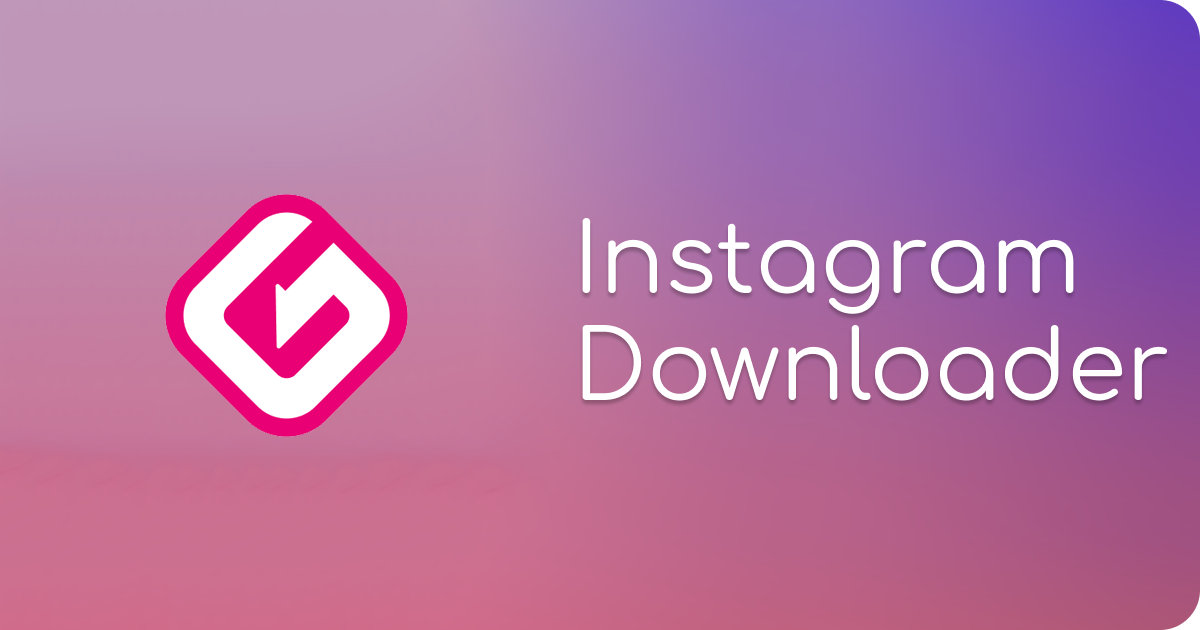
Revenue Cycle Management And Increased Efficiency
In the past, the healthcare sector has relied heavily on the manual processing of the revenue cycle. After the challenges of COVID-19 and the ensuing trend of the Great Resignation, healthcare providers are increasingly turning to optimized revenue cycle management (RCM) systems.
Choosing a platform that offers automation and end-to-end support with all aspects of RCM customized to the healthcare provider offers several benefits. It provides increased compliance, coding accuracy, and billing efficiency while also improving the patient experience.
The Challenges of the Last Few Years
It is impossible to overstate the impact the last few years have had on the healthcare sector. Healthcare providers are struggling with a 10% increase in healthcare spending combined with an overall loss of $50 billion in hospital revenue across the country. The additional challenge is that this trend is likely to continue with decreases in outpatient volume and the associated loss in revenue.
Since 2020, the healthcare industry has lost over 20% of its workforce. At the same time, the industry was already facing a lack of new hires to replace employees who had retired or moved out of the system. By 2024, it is estimated in a report by the Mayo Clinic that an additional one in five doctors and two in five nurses will end their healthcare careers.
The pandemic also created a challenge in the demand for telehealth services, which added to regulations, challenges with value-based care, issues with interoperability, and reimbursement for services.
Utilizing Automation
One way to address these issues as it relates to RCM is to consider industry standardization, RPA or robotic process automation, and well as leveraging AI (artificial intelligence) and machine learning.
Understanding how each of these benefits a healthcare provider is a starting point to recognizing the benefits and advantages they offer both small and large healthcare facilities.
- Industry standardization – of all the transactions in the administration of healthcare across the country, nine different transactions make up over 11% of the activity. These nine common transactions, which range from eligibility and benefits verification to remittance advice, can be fully automated on RCM solutions. Doing this single step in automation could save up to 48% of the annual spending for administrative complexity.
- Robotic process automation – creating robotic processes that manage repetitive tasks throughout the RCM eliminates the need for manual processing. Robotic systems are highly accurate, fully compliant, faster, and more reliable than human entry and processing. The robotic processes can work 24/7/365, reducing stress, burnout and overtime for staff.
- AI and machine learning – AI allows a computer program to respond to data through machine learning to become more effective at the tasks of the program. In other words, the computer program “learns” by doing and gains an understanding that simulates how human intelligence operates. In RCM, the computer is able to learn how to use data, how to implement specific rules, and how to address failure while increasing efficiency and success.

The use of these systems collectively offers interoperability and the use of an end-to-end RCM solution.
Combined with healthcare staffing support, which includes outsourcing to offshore services or using onshore or nearshore labor, these programs are highly effective. Choosing healthcare staffing support that is approved by the Centers for Medicare & Medicaid Services (CMS), the American Medical Association (AMA), the American Hospital Association (AHA) and AHIMA, ensures both providers and payers are compliant.






